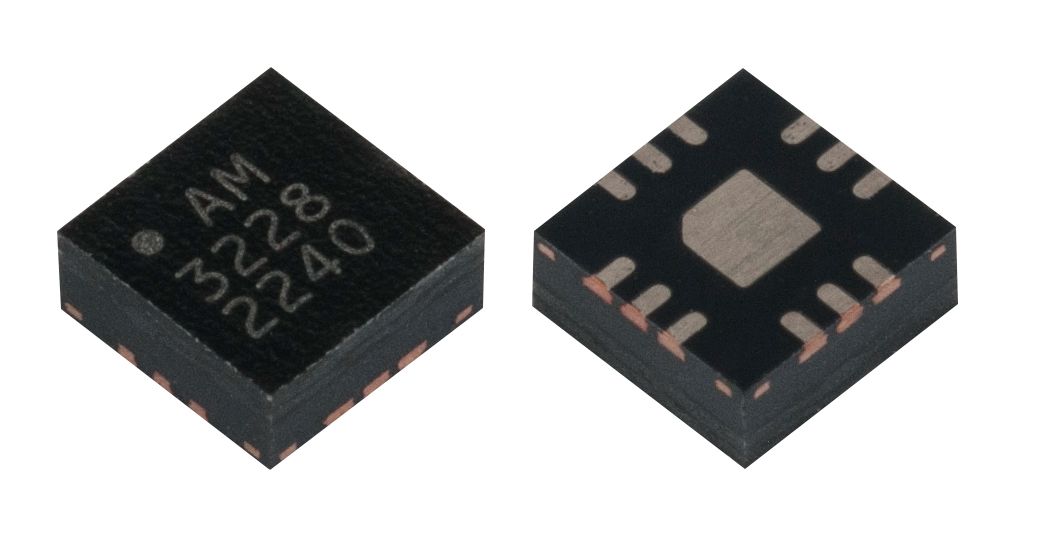18 GHz Low Pass Filter
AM3228 is a passive lowpass filter implemented on chip that provides low loss and high rejection. It excels in 18GHz direct digitization applications providing low loss and high rejection. With internal 50Ω matching and packaged in a 3mm QFN, the AM3228 represents a compact total PCB footprint and operates over the -40C to +100C temperature range.
Evaluation board includes RF connectors as shown. DC connector (top) not included.

Products formerly Atlanta Microwave
Purpose-Built MMIC Components
Enable Portable Platforms
Leverage the latest in solid-state GaAs technology with off-the-shelf, broadband MMIC devices that operate at high frequency to enable portable and low-power platforms.
Thank you! We have received your message and will be in touch with you shortly.

